In November, my wife, six friends and I had a wonderful two-week birding trip with Rockjumpers Birding Tours to northern Ecuador. The trip had been postponed twice because of the coronavirus pandemic, but at long last we flew to Ecuador on Halloween on what proved to be an extraordinary trip.
The trip consisted of two legs, the first to the west of the Andes Mountains in the Chocó region, an area dominated by cloud forests. The second half began at the crest of the northern Andes and moved eastward to lower altitude, almost reaching the upper limit of the Amazonian rain forest.
I was able to see or hear 372 species of birds, including 49 hummingbird species and 56 species of tanagers.
To give a taste of the trip, I’ll describe some of the most memorable sightings and habitats. For a full list of all species with my pictures of 113 species, visit my eBird report.
At the Bellavista Lodge, a pair of masked trogons and a blue-winged mountain tanager delighted us right after breakfast. We visited a nearby reserve to see a pair of spectacular plate-billed mountain toucans. We got amazing looks at a pair of crested quetzals as well.
From the Mindo area, we got an early start to drive to Refugio de Paz de las Aves, a reserve operated by brothers Ángel and Rodrigo Paz. Right at dawn, we hiked down to a blind from which we saw a dozen male Andean cock-of-the-rocks displaying on tree branches with a few females comparison shopping. The males are bright red above, black below with gray wing patches. Absolutely stunning!
With lightness in our steps, we hiked back up the trail to look for antpittas, secretive ground birds with scarcely a tail at all. Think of an egg standing on two sticks.
Ángel and Rodrigo have perfected a way to see antpittas. They put earthworms on a fallen log and then call in an antpitta using imitations of their calls, Spanish commands [“venga, venga, venga” (“come, come, come”)] and tossing pebbles to make a sonic pathway for the antpitta to the earthworms. All we had to do was sit and wait. We were able to get astonishing views of five species, including the giant antpitta. What a treat. We know why the Paz brothers are known as the antpitta whisperers.
I was particularly excited to visit the paramo habitat, the landscape above tree line. We stopped first at Tambo Condor and quickly found some Andean condors soaring. These birds have wingspans of 10.5 feet and can weigh up to 33 pounds. They are the largest flying birds in the world.
Bushes around the visitor’s center attracted some giant hummingbirds. With a length of nine inches (about the length of a northern cardinal), giant hummingbirds are by far the largest hummers in the world.
Continuing to an elevation of nearly 15,000 feet, we got to see a cryptic rufous-bellied seedsnipe, a shorebird that looks more like a grouse. It was tough work to hike up from the parking lot in that thin air to see the seedsnipe.
Descending to the east, we spent a couple of nights at the Guango Lodge. We watched the many hummingbird feeders there, hoping for a sword-billed hummingbird. Suddenly one appeared. Its bill is astounding. It can be up to 4.7 inches long, nearly the length of the bird’s 5.1-inch body. No other bird has such a long bill relative to its body length.
We spent the better part of an afternoon along a white-water stream on a successful hunt for torrent ducks. The male has a striking head with black and white stripes and a gray body. The female has red underparts and a gray head. The most unusual aspect of these ducks is the massive size of their feet, the better to swim effectively against the currents.
Herb Wilson taught ornithology and other biology courses at Colby College. He welcomes reader comments and questions at whwilson@colby.edu
Copy the Story LinkSend questions/comments to the editors.

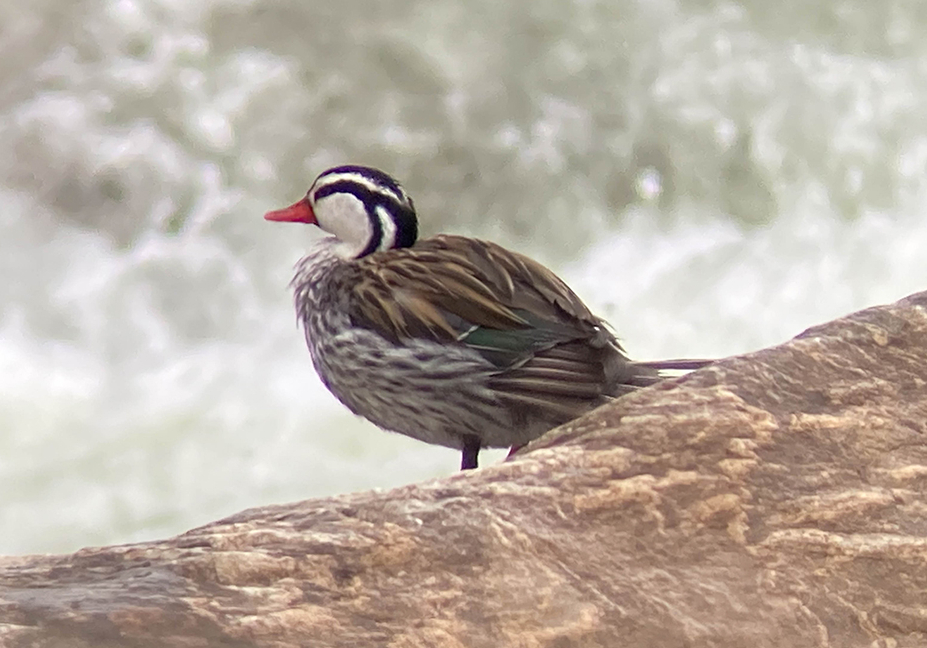
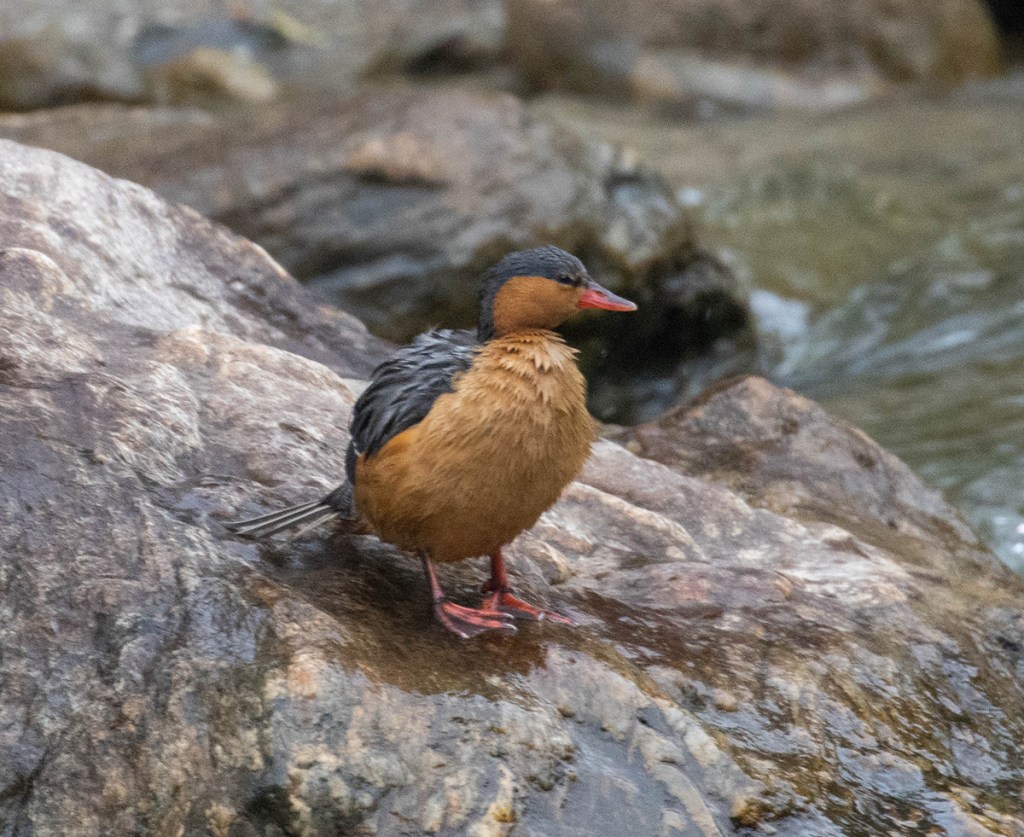
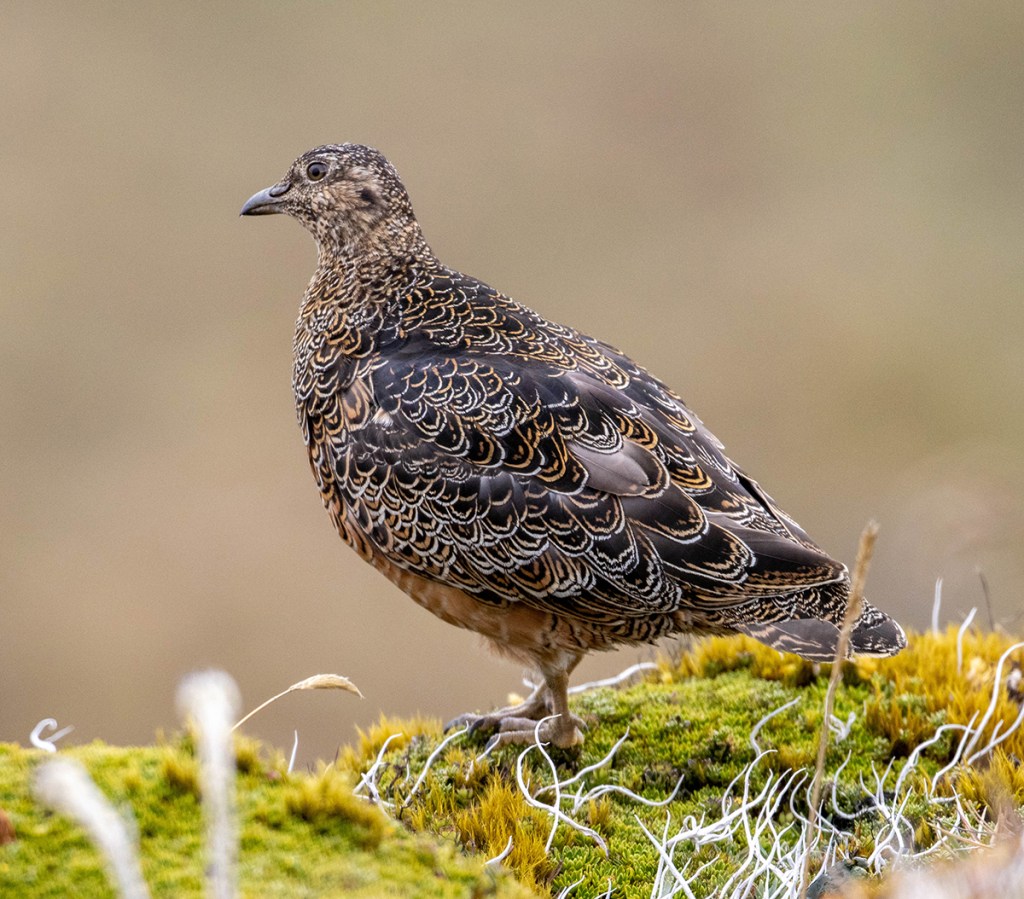
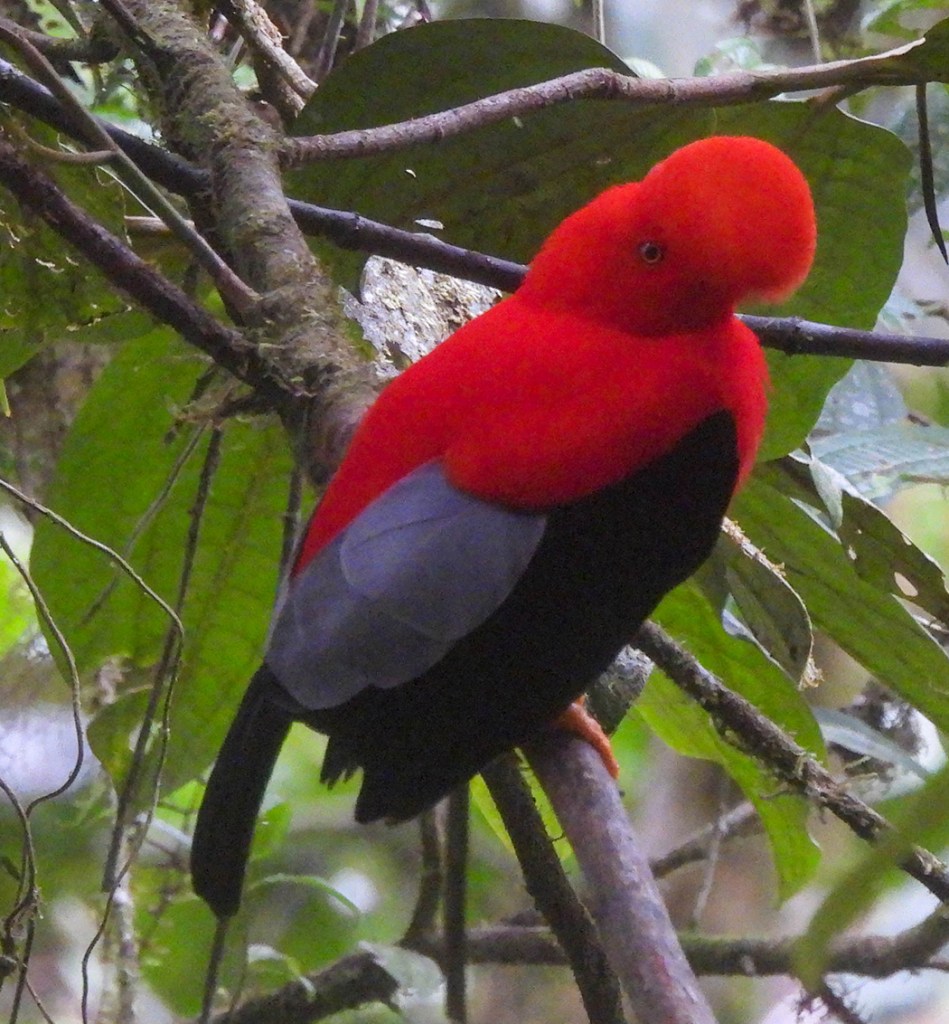
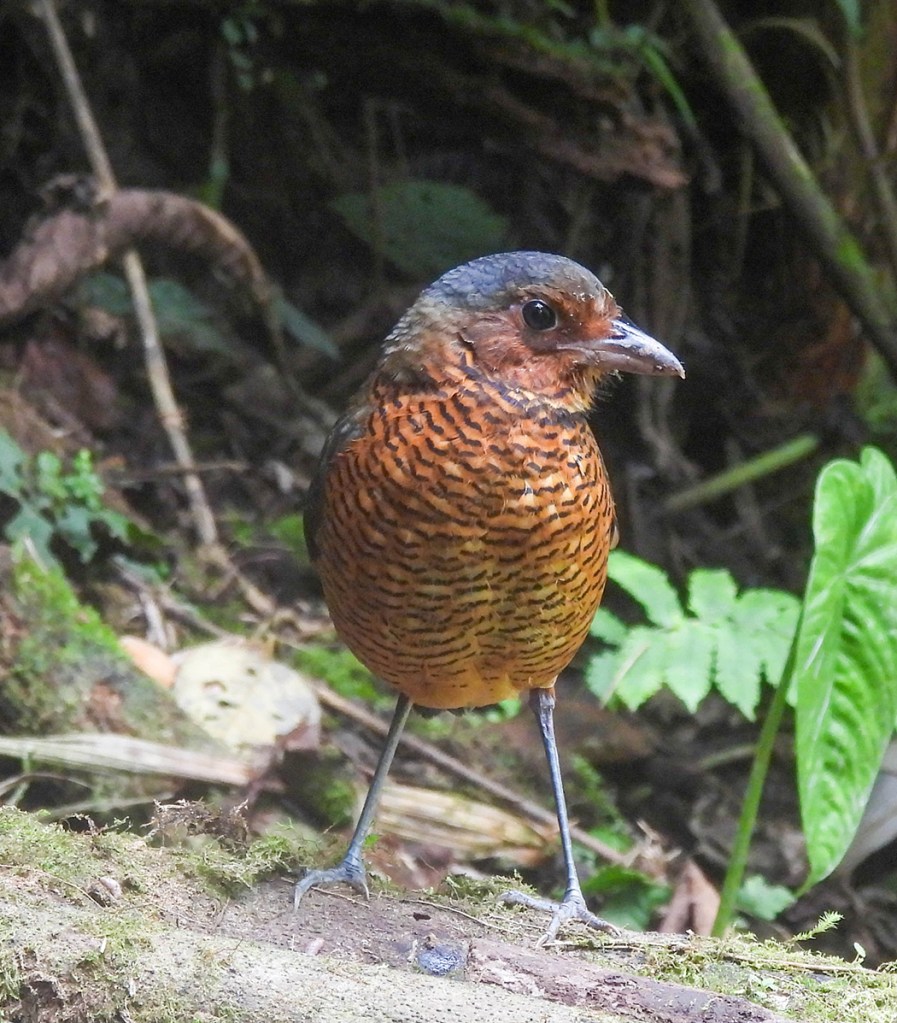


Success. Please wait for the page to reload. If the page does not reload within 5 seconds, please refresh the page.
Enter your email and password to access comments.
Hi, to comment on stories you must . This profile is in addition to your subscription and website login.
Already have a commenting profile? .
Invalid username/password.
Please check your email to confirm and complete your registration.
Only subscribers are eligible to post comments. Please subscribe or login first for digital access. Here’s why.
Use the form below to reset your password. When you've submitted your account email, we will send an email with a reset code.